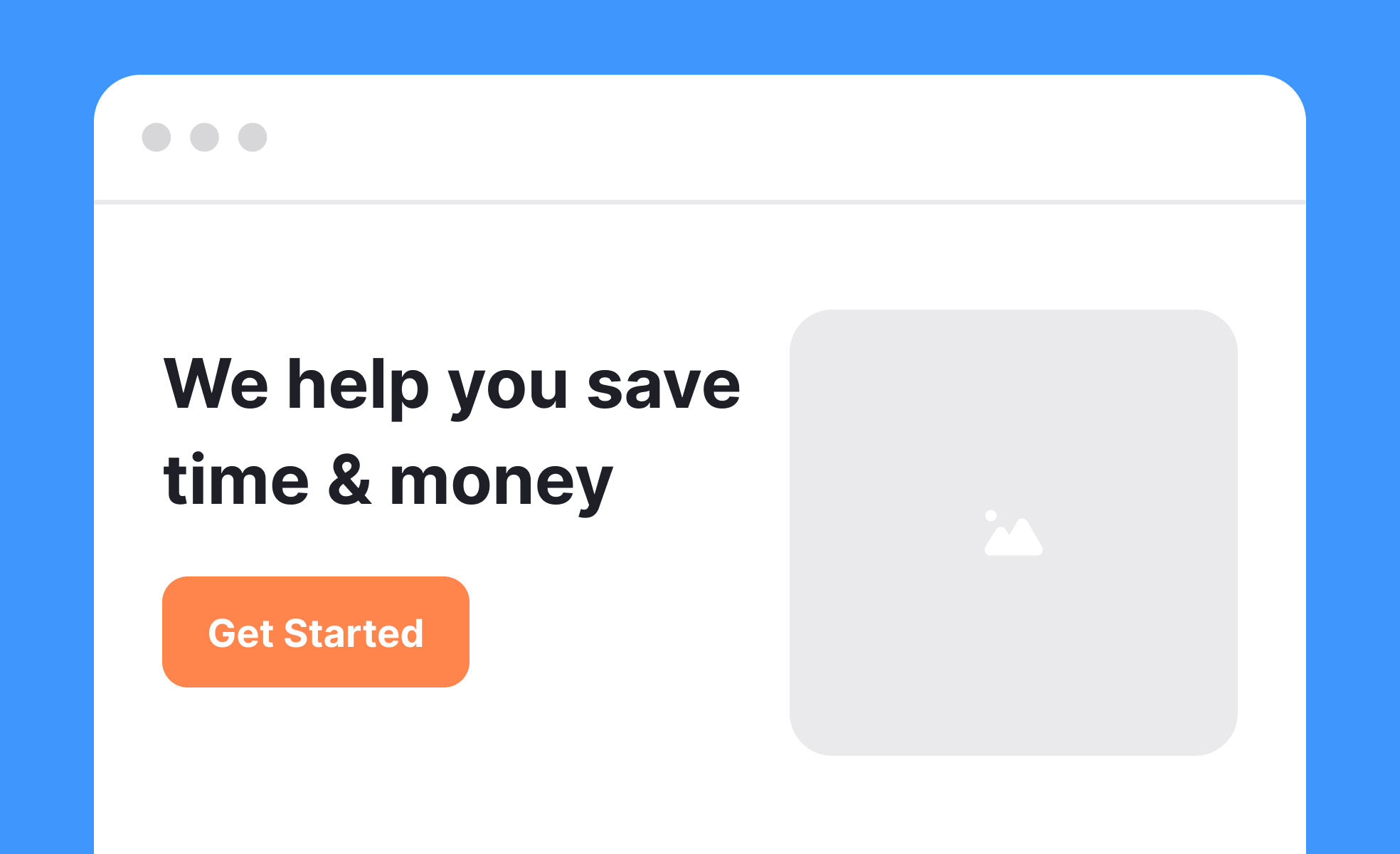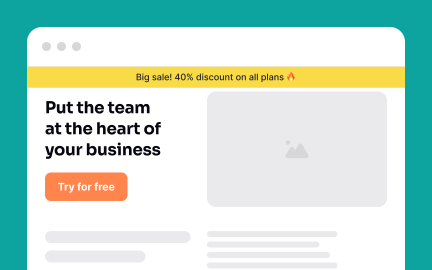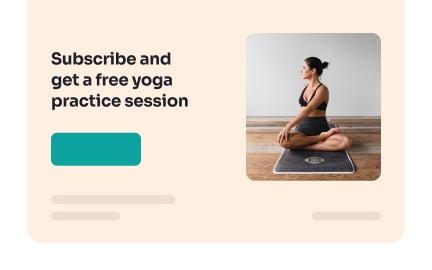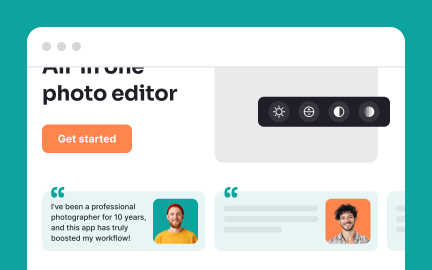Landing Page
A landing page is a focused web page designed to capture attention and drive a single user action, such as signing up, downloading, or purchasing.

TL;DR
- A standalone web page with one clear goal.
- Used for marketing campaigns, signups, or sales.
- Simplifies choices to increase conversions.
- Built around a single call-to-action (CTA).
Definition
A landing page is a dedicated web page created with a specific goal, such as generating leads, capturing signups, or driving sales, usually tied to a marketing campaign or promotion.
Detailed Overview
Landing pages are one of the most common tools in digital marketing and product growth. Unlike general website pages that serve multiple purposes, a landing page is focused on a single action, whether that’s collecting an email, encouraging a free trial, or prompting a purchase. This clarity makes landing pages effective at converting visitors into customers.
A frequent question is how landing pages differ from homepages. A homepage introduces a brand broadly, offering multiple navigation paths. A landing page, on the other hand, removes distractions and narrows attention to one action. For example, a homepage might link to product details, blog posts, and company information, while a landing page for a campaign focuses only on “Start Your Free Trial.”
Effective landing pages follow a clear structure: a strong headline that highlights the benefit, supportive visuals, a concise explanation of value, and a call-to-action. Minimal navigation, consistent branding, and social proof like testimonials help reinforce the decision.
The primary metric for landing pages is conversion rate, or the percentage of visitors who complete the intended action. Secondary metrics may include bounce rate or time on page, which signal whether the page is engaging enough to hold attention. A/B testing is frequently used to optimize layout, copy, and CTA placement.
Personalization is another recurring topic. Landing pages perform best when tailored to specific audiences. For example, an ad campaign targeting designers should lead to a landing page with messaging that directly addresses design needs, rather than a generic company pitch. Personalized content improves relevance and increases the likelihood of conversion.
Finally, landing pages tie closely to user trust. Promises made in ads or emails must align with what’s delivered on the page. If expectations don’t match, users bounce quickly. Clear messaging, transparent offers, and visible privacy assurances (especially when collecting data) are critical for building credibility.
Learn more about this in the Landing Page Exercise, taken from the Design in Marketing Lesson, a part of the Design Terminology Course.
A homepage offers broad navigation to many parts of a website, while a landing page has a single focus. This focus reduces distraction and improves the likelihood of conversion.
Homepages are for exploration; landing pages are for action.
A strong headline, benefit-focused copy, clear visuals, and one primary call-to-action. Removing unnecessary links keeps attention where it matters.
Effective landing pages combine clarity with trust elements like testimonials, security badges, or recognizable logos.
Conversion rate is the main metric, showing how many visitors complete the action. Supporting metrics like bounce rate, scroll depth, and time on page help evaluate engagement.
Teams often run A/B tests on copy, visuals, or CTA placement to improve results.
Yes. Campaign-specific landing pages align with audience intent and messaging. A generic page may confuse users or dilute conversions. Tailored pages perform better because they continue the story started by the ad or email.
Each campaign’s landing page should speak directly to the targeted audience segment.
By matching campaign promises with actual content, showing clear value, and minimizing risk. Transparency about pricing, privacy, and outcomes reassures users.
Trust signals like testimonials, reviews, or well-known brand logos further encourage visitors to act.
Recommended resources
Courses

Common Design Patterns

UI Components II

UX Writing
Lessons

Landing Pages

Design in Marketing

Designing a Landing Page like a Pro with Figma
Exercises
Briefs
Projects

HireHarbour Allies: UX/UI Case Study for Inclusive Landing Page

UX/UI Case Study for Inclusive Landing Page for Parliament of Georgia















